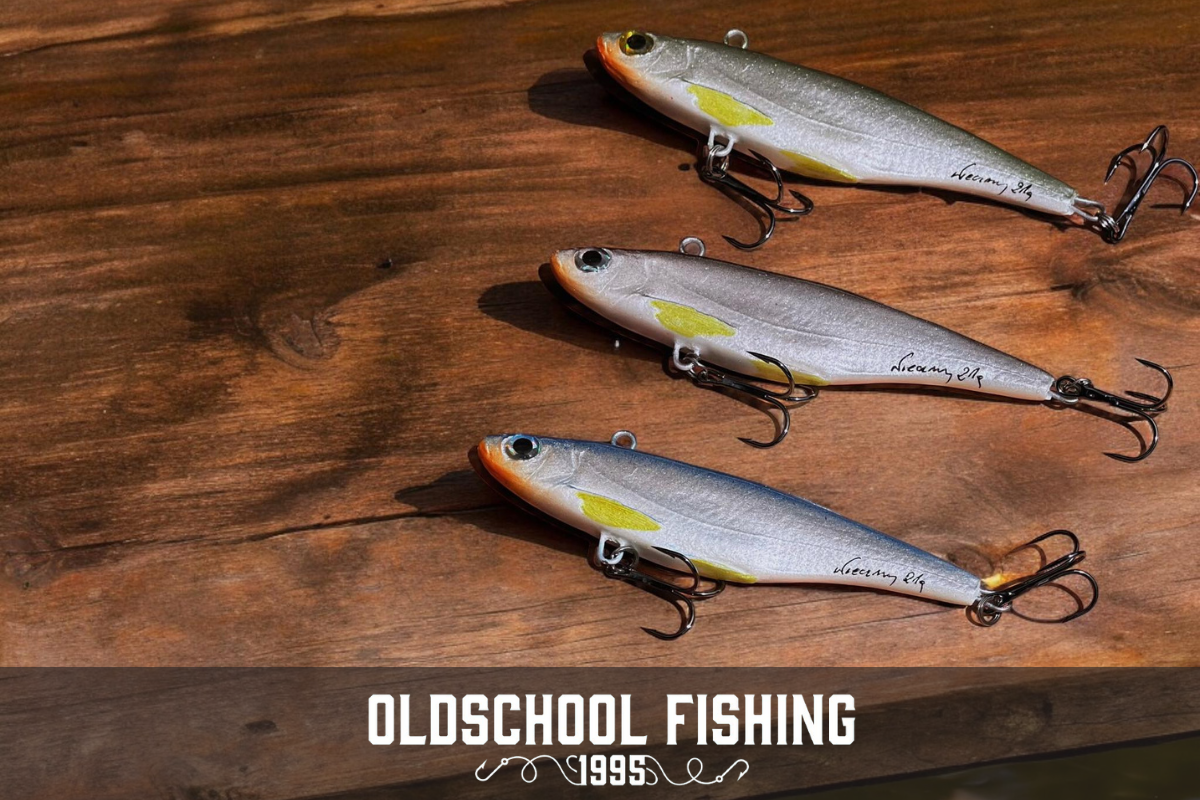Classification of Lures and How to Use Them

Classification of Lures and Their Use
In this article, we present a precise classification of lures, one of the most effective types of bait (if not the most effective). Choosing the right bait for the water conditions, fish activity, and characteristics of the fishing spot is key to fishing success. To better understand the versatility and applications of lures, take a look at the following classification and check if the lures in your boxes match the waters and fish you regularly target.
Floating Wobblers
Floating wobblers swim on the surface of the water and are activated by the movement of the rod and the winding of the line. They can be wobblers with polycarbonate fins or wobblers without fins (e.g., "Walk the Dog," but more on that later). They are ideal for catching surface fish such as pike, asp, and perch.
Vibrating Lures
Vibrating lures have a line attachment eye on the back. They are highly effective due to their versatile retrieval and presentation methods. They are excellent for catching asp, zander, pike, perch, catfish, and even chub.

Sinking Lures
Sinking lures sink when retrieved through the water. They are effective for catching fish that feed in deeper areas, such as zander or catfish.
Suspending Lures
Suspending lures can "pause" at a chosen depth during retrieval. They are very versatile and can be used to catch fish both at the surface and in deeper areas. They are excellent for holding the lure in the current of a river, letting it work solely with the flow.
Crankbaits
These lures are designed to be retrieved close to the bottom. They feature a short, rounded body and often have built-in rattles that produce vibrations and sounds, attracting bottom-dwelling fish like zander or catfish.

Spinnerbaits
Spinnerbaits have a rotating blade that generates noise and vibrations when retrieved. They attract many fish species, particularly pike, perch, and asp. Catfish also like these noises.
Jerkbaits
Jerkbaits are lipless lures that are retrieved using the jerking or "jerking and pause" technique. These lures are usually slim and elongated, but can be up to 20-25 cm long. They are effective for catching pike and asp.
Twitchbaits
Twitchbaits are retrieved by energetically twitching the rod, causing the lure to make erratic movements. They attract predatory fish that respond to quick and impulsive prey movements. They are especially good for catching trout.
Popper Lures
Popper lures have a distinctive shape and create noises that mimic fish attacking prey at the surface or small fish fleeing. They are effective for catching surface-hunting fish like pike, perch, and asp.
Insect Imitation Lures
These lures mimic the movements and appearance of water insects. Their action leaves traces on the water surface, imitating a struggling insect that has fallen into the water. They can be effective for catching fish that feed on insects, such as chub and asp.

Walk the Dog Lures
These lures are designed to mimic the movements of prey running across the water's surface. They are effective for catching surface-hunting fish like pike, asp, and perch. They work best in warm seasons when small fish are active at the surface.

Steerless Lures
Lipless lures lack the traditional lip or diving plane found on other lures. Their design is more minimalist, focusing on fluid, natural movement in the water. Despite the lack of a lip, lipless lures can mimic the movements and appearance of natural prey. They are particularly effective in shallow areas and places with numerous obstacles where traditional lures might snag. Their fluid movement and lack of additional components make them more maneuverable and easier to retrieve through vegetation or rocks.

